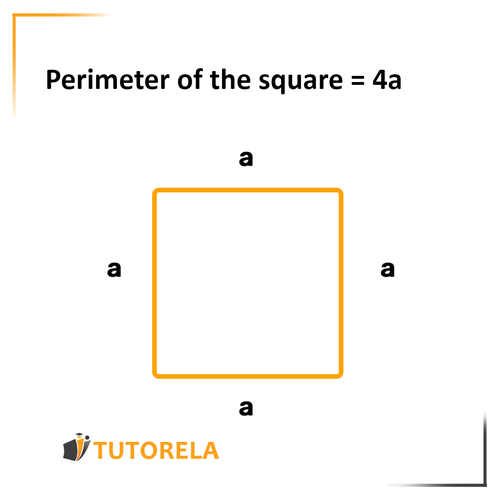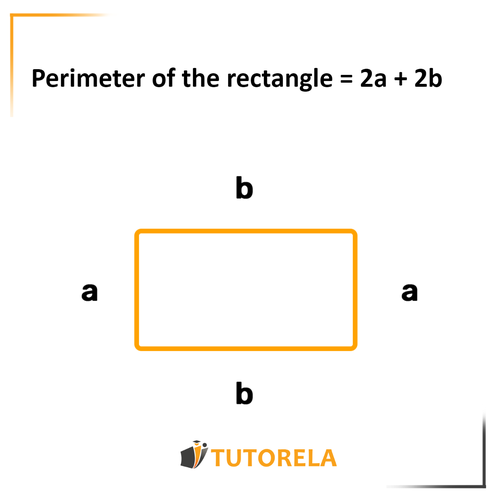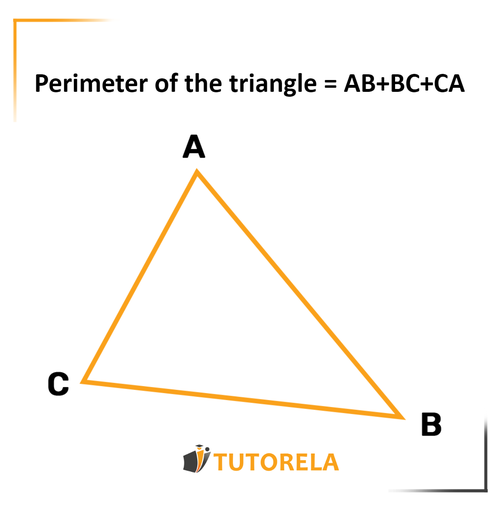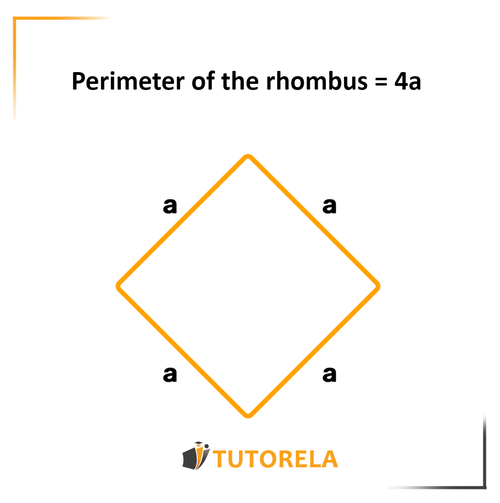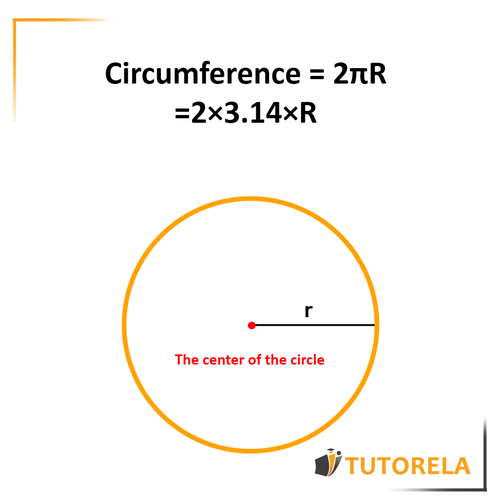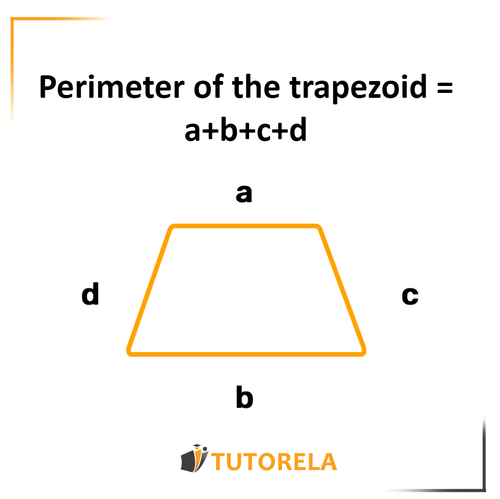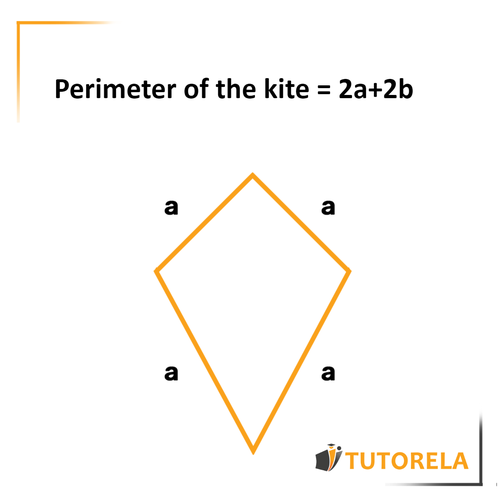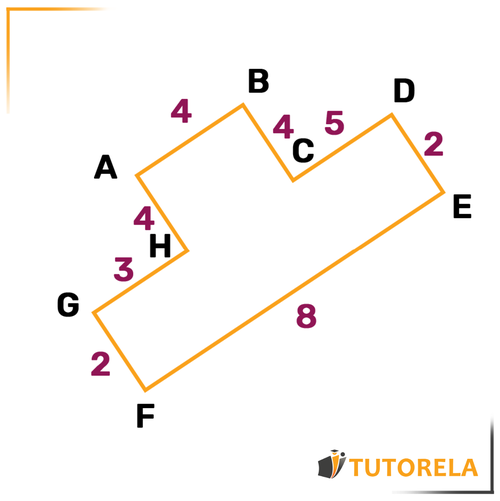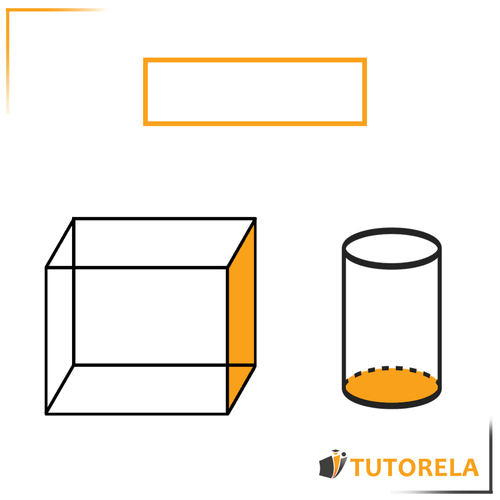The perimeter indicates the distance we will walk if we start from a certain point, complete a full lap, and return exactly to the starting point.
For example, if we are asked what the perimeter of the waist is, we will take a tape measure and measure the perimeter from a certain point until completing a full lap and returning to the same point from which we started the measurement.
It works exactly the same way in mathematics. The perimeter of any shape is the distance from a specific point back to it after having completely surrounded it.
If this is our figure:

Its perimeter will be the distance we cover if we travel along its line from a certain point, and return to it after making a full lap. Imagine that you are surrounding the figure:
